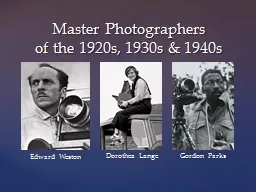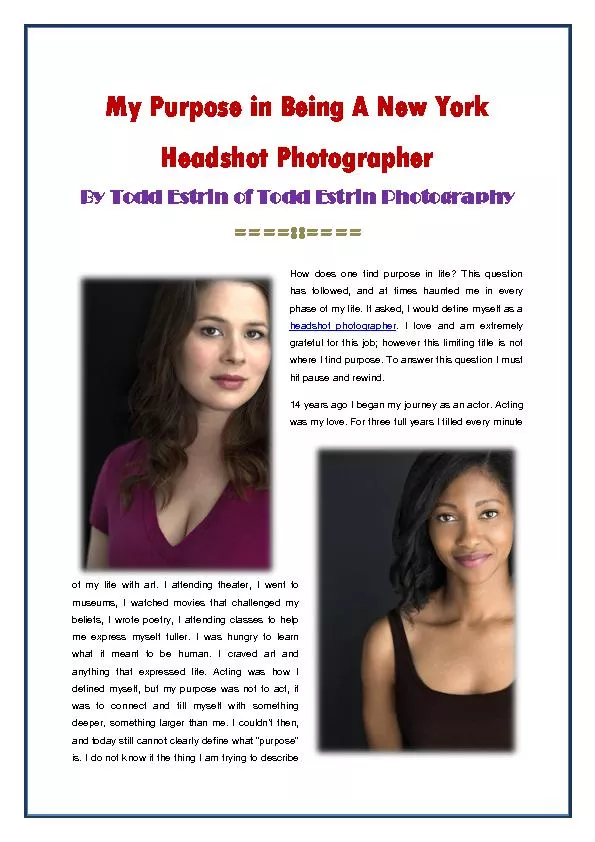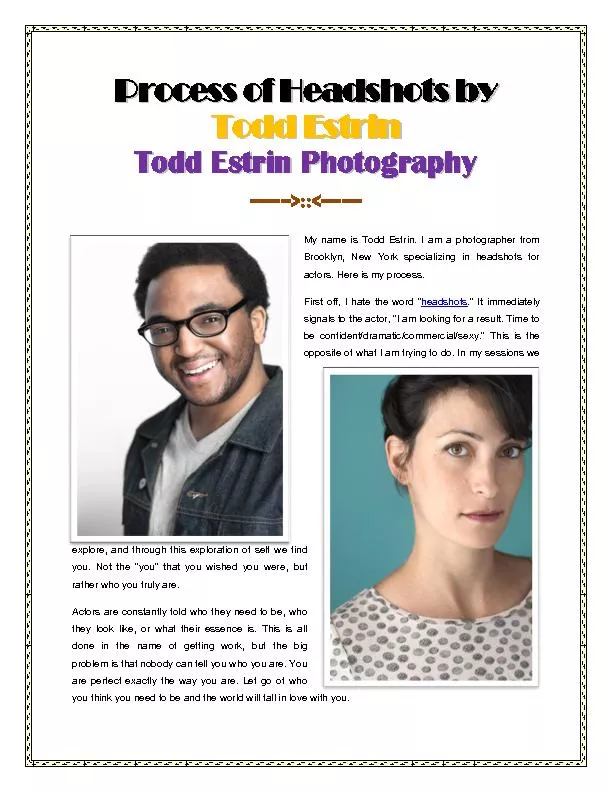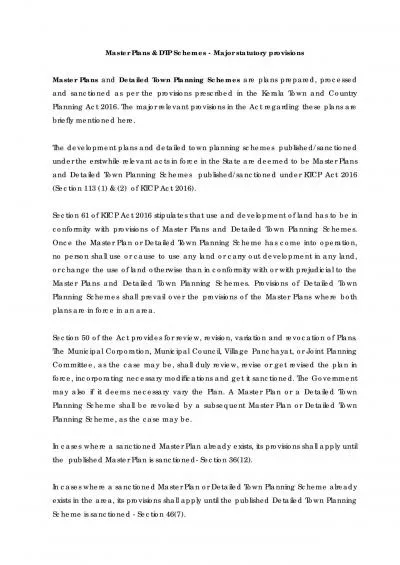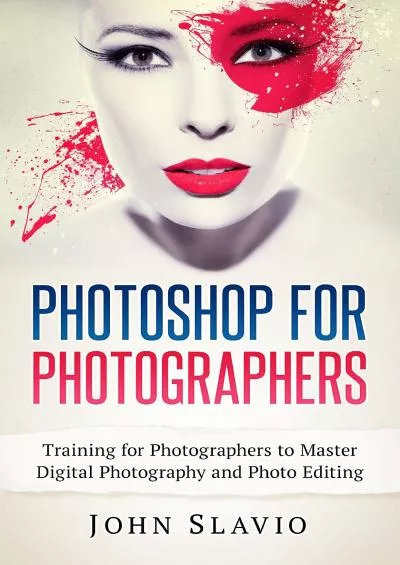PPT-Master Photographers
Author : pamella-moone | Published Date : 2016-06-17
of the 1920s 1930s amp 1940s Edward Weston Dorothea Lange Gordon Parks Has been called one of the most innovative and influential American photographers Weston
Presentation Embed Code
Download Presentation
Download Presentation The PPT/PDF document "Master Photographers" is the property of its rightful owner. Permission is granted to download and print the materials on this website for personal, non-commercial use only, and to display it on your personal computer provided you do not modify the materials and that you retain all copyright notices contained in the materials. By downloading content from our website, you accept the terms of this agreement.
Master Photographers: Transcript
Download Rules Of Document
"Master Photographers"The content belongs to its owner. You may download and print it for personal use, without modification, and keep all copyright notices. By downloading, you agree to these terms.
Related Documents

